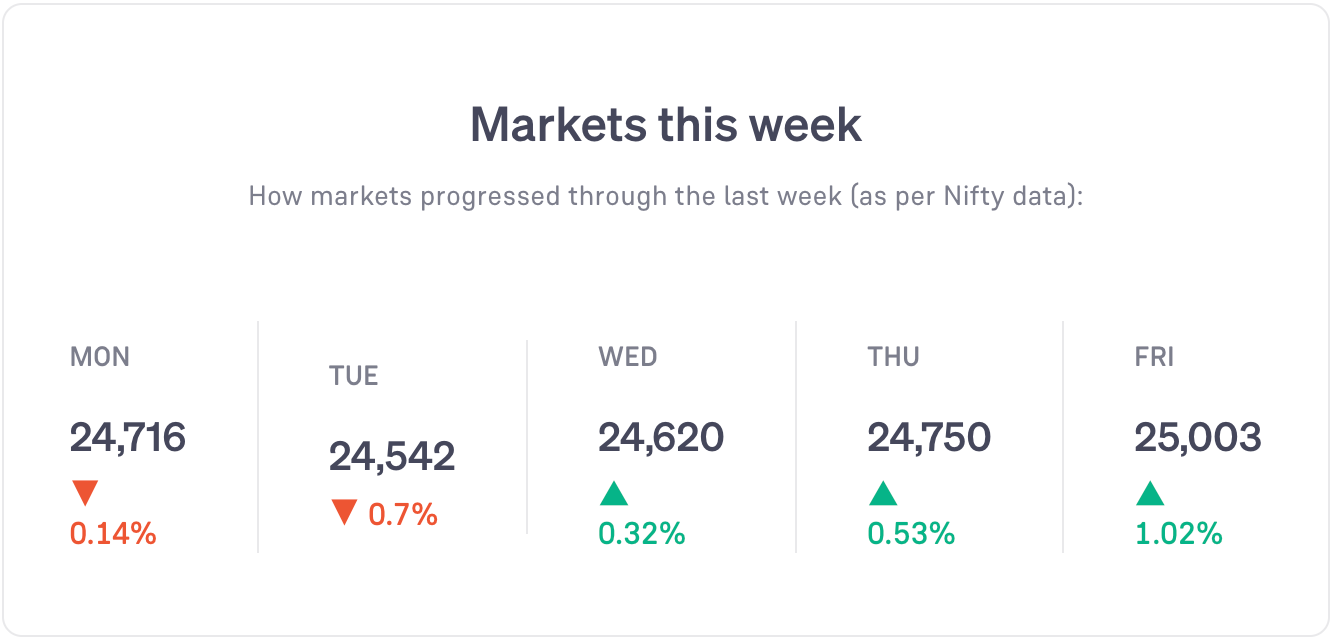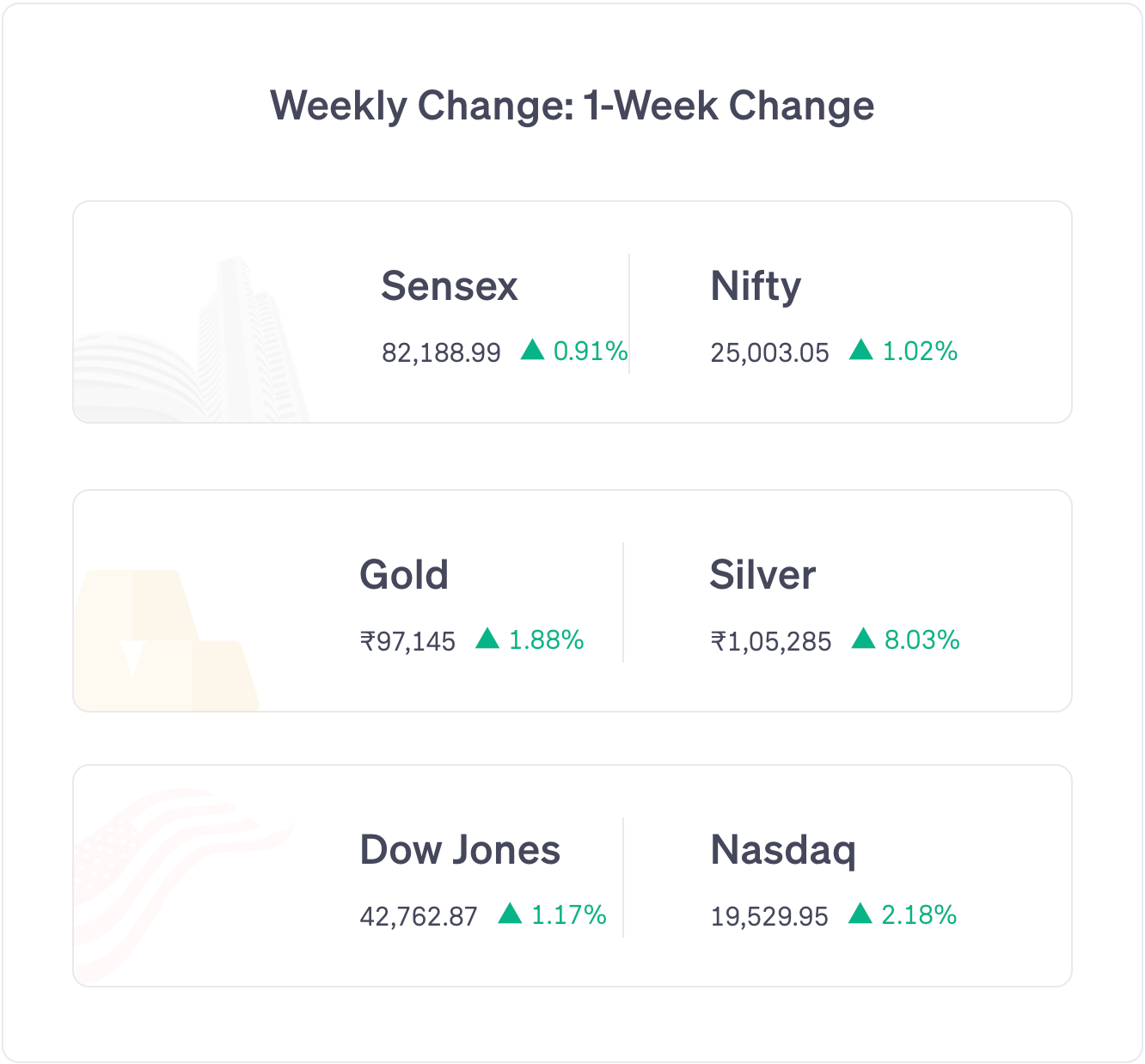A man had turned up at a surgical clinic.
He looked a bit tense. He posed questions to the patient coordinator.
The man in his late 20s was losing hair fast, and being young, he was incredibly insecure about his hairline.
The patient coordinator explained to him how it all worked. Hair transplant is a relatively easy procedure. It involves plucking hairs along with hair roots from the back of the head and planting them on the top of the head.
It takes a few hours.
Once that is done, the swelling goes away in about 1-2 weeks. Then, the transplanted hair falls out, and new hair emerges.
The entire procedure takes a few months to happen.
These explanations do little to help the man feel at ease.
He asks about the costs involved. In his case, it would be about Rs 1.5 lakh.
This was a significant amount. It was the factor that the man feared the most.
And then, he is informed of a solution to that problem.
The clinic has a tie-up with a financing company. He can easily get the transplant financed – and pay back slowly over a few months.
This, finally, puts the man at ease.
He lets the patient coordinator know that he would like to proceed with the surgery.
The loan gets approved in 24 hours. And with that, starts his cosmetic surgery.
Buy-Now-Pay-Later (BNPL)
Buy-Now-Pay-Later or BNPL, has gained immense ground in the last few years.
It is a loan – just like a home loan or a car loan, or even credit card bills.
The difference – it’s just very fast and accessible.
Unlike home loans that take a while to get approved, BNPL transactions can happen in a few seconds for smaller values. Hours, for slightly bigger amounts.
Banks have been offering loans since banks have existed.
BNPL companies take the same concept and add tech and tech-derived speed to it.
They are able to analyse borrowers' profiles using the vast amounts of information they can gather from their phones. Complex data analytics tools help them weed through the borrower’s data and determine if the person is likely to pay back the loan on time.
If it looks like they will pay back as expected, the loan is approved.
All of this happens in mere seconds.
This makes BNPL companies extremely well-equipped to offer loans.
They are also great at positioning themselves. They sign deals with e-commerce apps, ed-tech apps, healthcare apps, and so on.
They also have offline teams that coordinate with various offline players and partner with them. Cosmetic surgery clinics are one example of this.
Since that’s how they make their money, they want to give out more loans.
To give loans, you need money. But that’s something banks and NBFCs have.
(NBFC = Non-Banking Finance Companies).
Many BNPL start-ups partner with different lenders like NBFCs.
For every loan they give out, BNPL companies get their commission.
This means BNPL companies only need to focus on analysing borrowers and finding new borrowers to give loans to.
They do not need to worry about arranging money for the loans. They also do not need to worry about collecting money back from borrowers who default. The NBFCs handle that part.
This has led to the birth of many BNPL companies across the world.
And the competition among them is quite intense.
Seeing how lucrative this businss can be, some NBFCs have also entered the space on their own.
Competition
High competition means the companies have to go to greater lengths to make their commissions.
They might offer loans on different kinds of purchases. If their competitor is offering loans on laptops, they might go one step further and give loans on phones.
They might try to offer slightly cheaper interest rates than their competitor.
And, they might give loans to people whom other lenders do not want to give loans to — people who are less likely to pay back.
Some readers might be able to guess where this is going.
Giving loans is much easier if you don’t have to worry about collecting the money back from defaulters.
BNPL Everywhere
Thanks to the computers in everyone’s pockets, BNPL apps can reach practically everyone.
Aggressive marketing and growth have ensured BNPL companies are able to partner with all kinds of apps.
The example of a cosmetic surgery given above is fictional. But it is fiction based on many experiences real people have shared online.
You can buy a phone, TV, fridge, washing machine, or the like using BNPL apps. Smaller and less expensive items are also available. Headphones, smartwatches, etc.
Services too: medical bills, health and fitness memberships, air fares, hotel bookings, and expensive event tickets (concerts, matches, etc). Grocery and food items. Pet care. School fees.
Even petrol.
So, what’s the problem?
There is no problem.
Many of these BNPL schemes offer 0% interest rates – just like credit cards.
BNPL is almost entirely like having a credit card.
There are people who make great use of it, without incurring additional costs or getting into a debt trap.
But just like credit cards, some users get put on a hamster wheel. They take loans, pay them back with interest, and then they take further loans to afford things that they should not be buying.
It’s a horrible cycle that once a person gets addicted to, it can be hard to get off.
But even for people not taking BNPL loans, this could affect them.
If enough people default, it could snowball into something much bigger. Something like the 2008 recession.
The 2008 recession was because of something similar – home loans were being given to more people who were less likely to pay back.
When they failed to pay back, it triggered a collapse. The thing is, this is a repeating pattern.
2008 was not the first time something like this happened.
Lenders start lending cautiously. And then they start easing their rules and conditions a bit. And then some more. And more.
Eventually, it snowballs and reaches a stage where it all blows up.
The Savings and Loan Crisis in the late 1980s was similar.
The Junk Bond Boom in the 1970s and 80s was similar.
There are many more examples.
The thing to note is, not all of them were as big as the 2008 recession. Some were smaller and were contained more easily.
Some were noticed and checked at the right time.
Which brings us to this – BNPL – will it be a big problem? Or a manageable problem? Or even a problem at all?
The good thing is, everyone is already talking about it. It is not an overlooked part of the modern financial system.
Not just ‘people’, but people in regulatory positions.
World over, regulators have started talking about it and have put rules in place to check recklessness. Borrower awareness, too, is rising – they are learning to take advantage of it without becoming entrapped, much like using a credit card.
Still, there are people who are not able to use credit cards judiciously. There may be people who are not able to use BNPL judiciously.
It boils down to the same factors. There’s nothing new here.
Take advantage of it if you can be disciplined. If not, stay away.
Quick Takes
+ Air India entered into a new codeshare partnership with IcelandAir for 15 routes between India and Europe. It also expanded the codeshare partnership with Air Mauritius on 17 routes between India, Mauritius, Reunion, South Africa, and Madagascar.
+ India’s manufacturing PMI fell to 57.6 in May, compared to 58.2 in April. This means that the manufacturing activity grew less in May than in April.
+ Schloss Bangalore (Leela Hotels) IPO got listed on the stock market at a 6.67% discount from its issue price.
+ Aegis Vopak Terminals IPO got listed on the stock market at a 6.38% discount from its issue price.
+ Euro Area’s annual consumer price inflation fell to 1.9% in May, from 2.2% in April, according to preliminary estimates. Core inflation fell to 2.3%, from 2.7% in April.
+ Tesla acquired a 24,500 sq ft area for a service centre in Mumbai's Kurla West near its upcoming BKC showroom at a total cost of Rs 25 crore. Tesla had also acquired spaces in Pune and Bengaluru.
+ India’s Garden Reach Shipbuilders and Norway's Kongsberg signed an MoU to build India's 1st indigenous Polar Research Vessel (PRV): Ministry of Ports, Shipping and Waterways.
+ HDB Financial Services (a subsidiary of HDFC Bank) received SEBI approval for a Rs 12,500 crore IPO. It includes a fresh issue of Rs 2,500 crore and an offer-for-sale of Rs 10,000 crore.
+ India’s composite PMI (manufacturing + services) fell to 59.3 in May, compared to 59.7 in April. This means that the business activity grew less in May than in April.
+ Dassault Aviation and Tata Advanced Systems signed 4 Production Transfer Agreements to manufacture Rafale fighter aircraft fuselages in India. An advanced manufacturing facility will be established in Hyderabad.
+ The Government of India has eased the contiguous land area norms for Special Economic Zones (SEZ) dedicated to semiconductor and electronic components manufacturing: Ministry of Commerce
+ Flipkart secured approval from RBI to operate as a non-banking financial company (NBFC). It can offer direct loans to customers and sellers on its platform.
+ The RBI cut its key interest rate by 0.5% to 5.5% after its 3-day monetary policy meeting from 4 to 6 June. This followed an earlier reduction of 0.25% in April.
+ India’s forex reserves fell by $1.23 billion to $691.49 billion in the week that ended on 30 May.
+ The NSE has introduced ESG ratings for listed companies. It will provide detailed insights into the companies’ environmental, social, and governance (ESG) performance to the investors.
+ Akasa Air partnered with Adani Airport Holdings to launch over 100 weekly domestic flights from Navi Mumbai International Airport. It also aims for over 350 weekly flights, including international routes, by winter 2025.
6-Day-Course
Theme of the week: famous investors & their styles
We’ve reached the end of this week’s course that started on Monday. Here’s a test you should take. Get pen and paper!
Question 1:
What is Warren Buffett primarily known for?
-Technical analysis
-Momentum trading
-Value investing
Question 2:
Peter Lynch believed that individual investors could have an advantage over institutional investors by spotting trends and opportunities early.
-True
-False
Question 3:
Which investing approach is John Bogle best known for popularizing?
-Individual stocks for high returns
-Low-cost index funds
-Frequent trading
Question 4:
Which of the following best describes the investing style of Jim Simons?
-Using math models to trade
-Growth investing
-Passive investing
Question 5:
George Soros avoided using borrowed money (leverage) in his investments to minimize risk.
-True
-False
Answers:
Q1: Value investing
Q2: True
Q3: Low-cost index funds
Q4: Using math models to trade
Q5: False
The information contained in this Groww Digest is purely for knowledge. This Groww Digest does not contain any recommendations or advice.
Team Groww Digest






